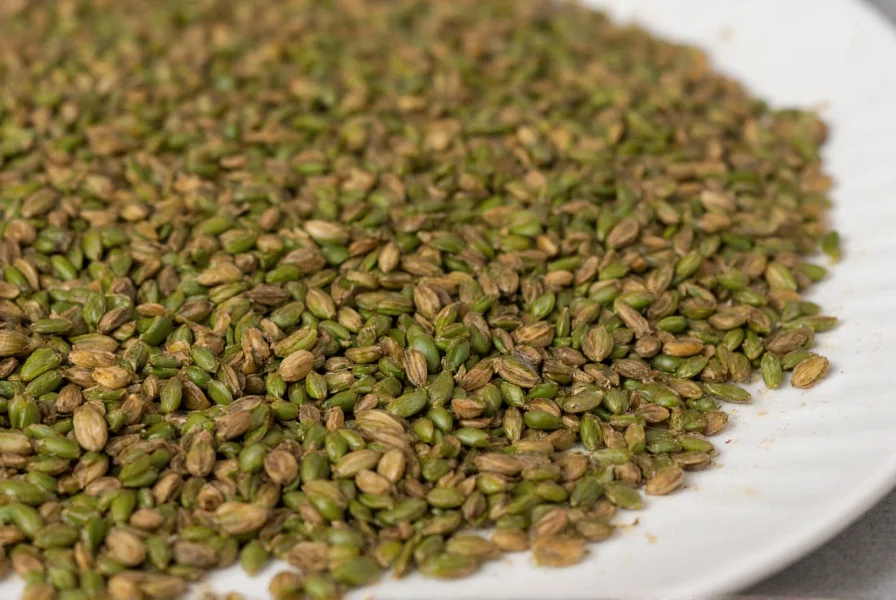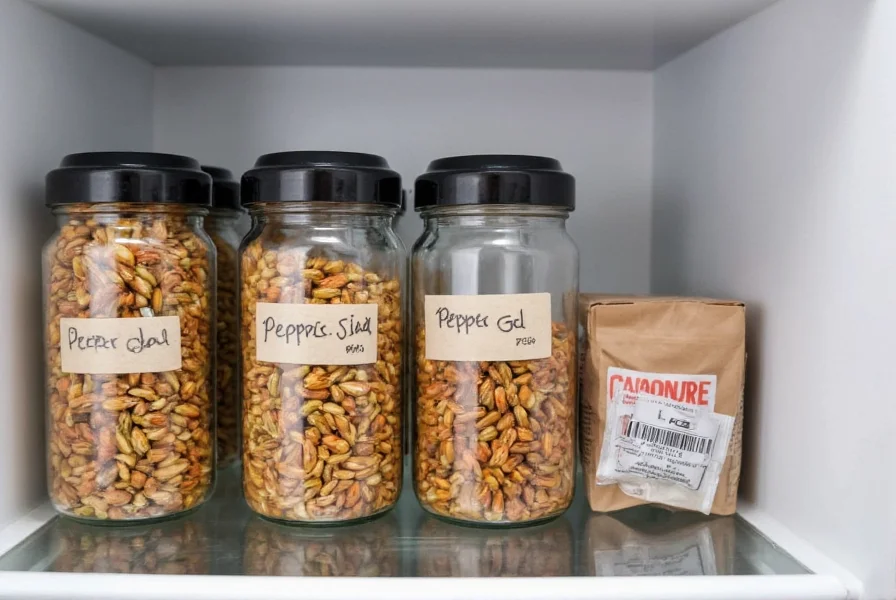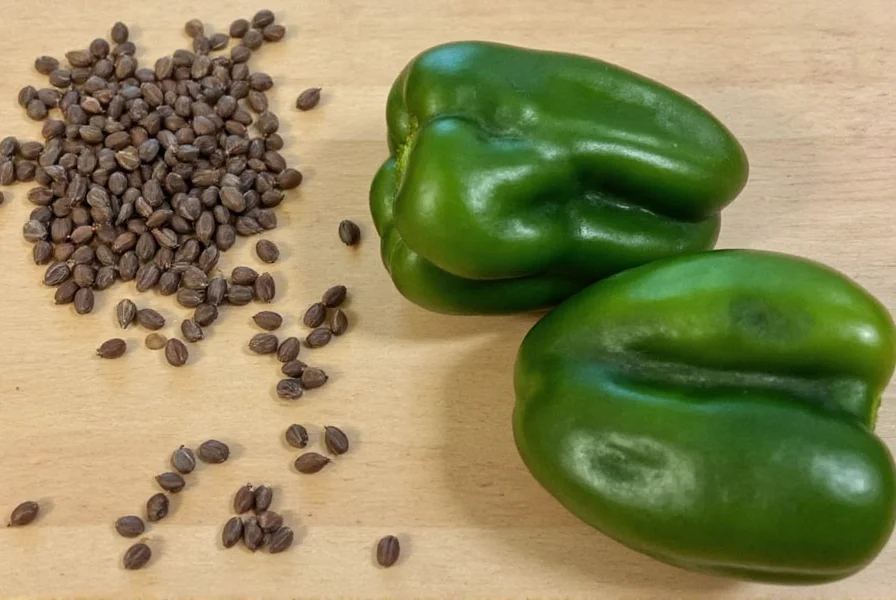Preserving your own pepper seeds is a rewarding practice that connects you to generations of gardeners before us. Whether you're growing sweet bell peppers, fiery habaneros, or anything in between, saving seeds properly ensures you can grow your favorite varieties year after year while maintaining genetic diversity in your garden.
Why Save Your Own Pepper Seeds
Seed saving offers multiple benefits beyond just cost savings. When you save seeds from your healthiest, most productive plants, you're gradually adapting varieties to your specific growing conditions. This natural selection process creates plants better suited to your local climate, soil type, and pest pressures over time. Additionally, preserving heirloom varieties helps maintain agricultural biodiversity that commercial farming often overlooks.
Choosing the Right Peppers for Seed Saving
Not all peppers are equally suitable for seed saving. Understanding the difference between heirloom and hybrid varieties is crucial for successful seed saving:
| Pepper Type | Seed Saving Viability | Notes |
|---|---|---|
| Heirloom/Open-Pollinated | Excellent | Seeds will produce plants true to parent characteristics |
| Hybrid (F1) | Poor | Offspring may not resemble parent plant; unpredictable results |
| Cross-Pollinated Varieties | Moderate | Isolate plants or hand-pollinate to maintain variety purity |
For reliable results, focus on heirloom varieties like 'Carmen' sweet peppers, 'Hungarian Wax,' or 'Fish Pepper.' These open-pollinated varieties will produce offspring similar to the parent plant. Hybrid varieties (often labeled F1) won't reliably reproduce the same characteristics in the next generation.
When to Harvest Peppers for Seed Saving
Timing is critical for successful seed saving. Unlike peppers harvested for eating, those intended for seed saving must reach full physiological maturity:
- Allow peppers to remain on the plant well beyond their typical eating stage
- Look for color changes indicating full ripeness (most turn red, orange, or yellow)
- Peppers should feel slightly soft and begin to wrinkle
- For hot peppers, wait until they develop a glossy sheen before drying
- Ideally harvest after the first light frost for maximum seed maturity
Many gardeners make the mistake of harvesting peppers too early for seed saving. Remember that seed maturity often occurs weeks after the pepper reaches its eating stage.
Step-by-Step Guide to Saving Pepper Seeds
1. Selecting and Preparing Peppers
Choose the healthiest, most vigorous plants with desirable characteristics. Select multiple peppers from different plants to maintain genetic diversity. Cut peppers lengthwise to expose the seed cluster in the center.
2. Extracting Seeds Properly
Gently scoop seeds from the pepper's central core using a clean spoon or your fingers. Avoid squeezing the pepper, as this can damage seeds. Place seeds in a clean container for processing.
3. Cleaning and Fermenting (Optional but Recommended)
For best results, especially with hot peppers, consider fermenting seeds:
- Place seeds in a glass with water (1:2 seed to water ratio)
- Cover with breathable cloth and let sit at room temperature
- Stir daily for 2-3 days as fermentation occurs
- Good seeds will sink; discard floating seeds (often immature)
- Rinse thoroughly until water runs clear
This fermentation process removes germination-inhibiting compounds and helps eliminate potential diseases.
4. Drying Seeds Thoroughly
Proper drying is perhaps the most critical step in how to harvest pepper seeds for planting:
- Spread seeds in a single layer on paper plates, glass, or ceramic dishes
- Avoid plastic or metal surfaces which can retain moisture
- Place in well-ventilated area away from direct sunlight
- Stir seeds daily to ensure even drying
- Dry for 7-14 days until seeds snap when bent
Improperly dried seeds are the leading cause of failed storage. Seeds must reach 8% moisture content or less for long-term storage. The fingernail test is reliable: properly dried seeds will break rather than bend when pressure is applied.

5. Storing Seeds for Maximum Viability
The best way to store bell pepper seeds involves multiple protective measures:
- Place completely dry seeds in airtight glass containers or resealable mylar bags
- Add silica gel packets to absorb residual moisture
- Store containers in a cool, dark location (ideal temperature: 32-41°F/0-5°C)
- Refrigeration is acceptable; freezing is ideal for long-term storage
- Label containers with variety name and date
Avoid common storage mistakes like using plastic bags (which can trap moisture) or storing seeds in fluctuating temperatures. For saving chili pepper seeds for next season, consider vacuum sealing for maximum longevity.

Testing Seed Viability Before Planting
Before planting your saved seeds, test viability with this simple method:
- Place 10 seeds between damp paper towels
- Roll the towels and place in a sealed plastic bag
- Keep at 70-85°F (21-29°C) for 7-14 days
- Count germinated seeds to determine viability percentage
Pepper seeds with 70% or higher germination rate are excellent for planting. Between 50-70% indicates acceptable viability but consider planting more seeds. Below 50% suggests it's time to acquire fresh seeds.
Common Mistakes to Avoid When Saving Pepper Seeds
Even experienced gardeners make these preventable errors:
- Insufficient drying - Leads to mold in storage
- Harvesting from hybrid varieties - Results in unpredictable offspring
- Cross-pollination issues - Plant different pepper varieties too close together
- Poor labeling - Forgetting variety names and harvest dates
- Inconsistent storage conditions - Temperature and humidity fluctuations
- Using damaged containers - Compromised airtight seals
Preventing mold when saving pepper seeds requires meticulous attention to moisture control at every stage. If you notice any mold during storage, discard affected seeds immediately to prevent contamination of the entire batch.
How Long Do Saved Pepper Seeds Remain Viable?
Properly stored pepper seeds maintain good germination rates for:
- 1-2 years: Near 90% germination rate
- 2-3 years: 70-80% germination rate
- 3-4 years: 50-60% germination rate
- 4+ years: Significant decline in viability
Factors affecting longevity include storage temperature, moisture content, and initial seed quality. The proper technique for drying pepper seeds thoroughly before storage directly impacts how long saved pepper seeds last. Freezing seeds at 0°F (-18°C) with proper moisture control can extend viability to 5 years or more.
Special Considerations for Different Pepper Types
While the basic process remains the same, some pepper varieties require special attention:
- Hot peppers: Wear gloves when handling; consider fermentation to remove capsaicin residues
- Bell peppers: Particularly susceptible to cross-pollination with other sweet peppers
- Thin-walled varieties: Dry more quickly but are more fragile
- Large-fruited varieties: May require longer drying time for inner seeds
For gardeners specifically interested in saving seeds from heirloom peppers, maintaining variety purity through isolation techniques becomes especially important.











 浙公网安备
33010002000092号
浙公网安备
33010002000092号 浙B2-20120091-4
浙B2-20120091-4